
Mary Guthrie
Guthrie became a member of the Committee of Management and played an active role at the hospital until 1931. During the early 1920s Guthrie was instrumental in establishing the Auxiliary service at the Children’s Hospital.
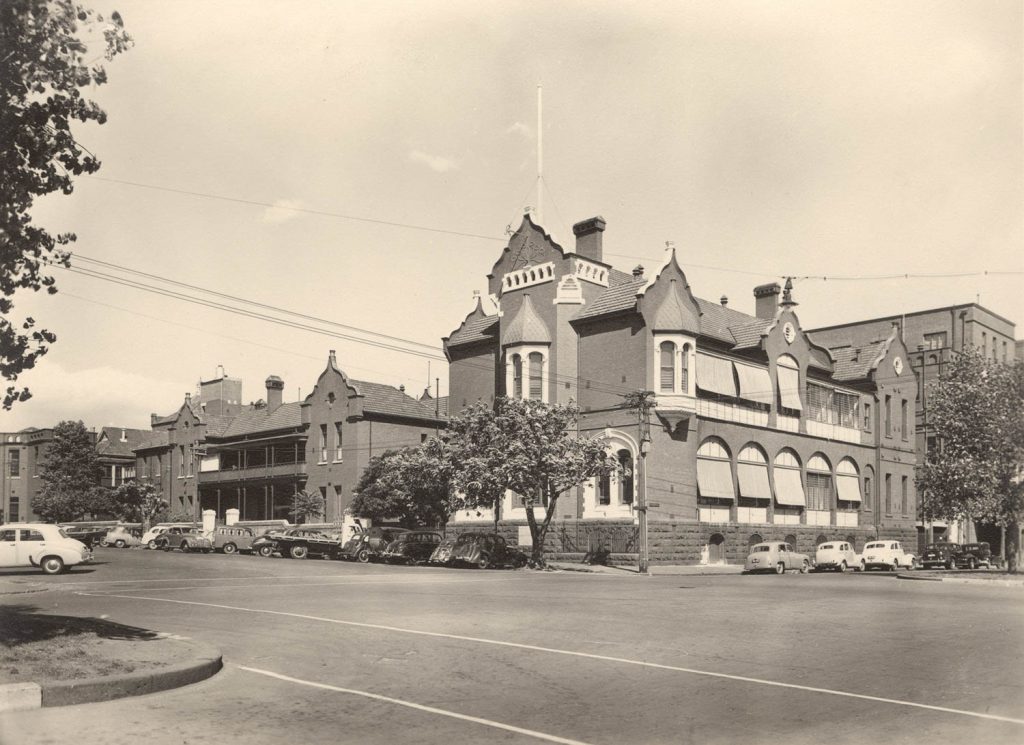
The Princess May Pavilion
Built on the corner of Pelham and Drummond Street in Carlton, the new building provided much-needed wards for inpatients.
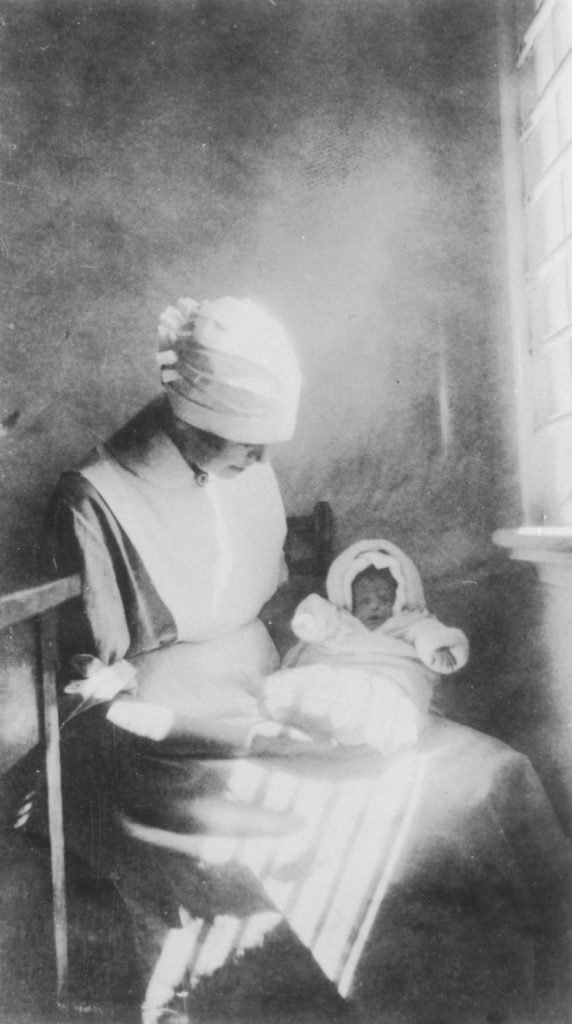
Babies Admitted to the Hospital for the First Time
Later, in 1921, a specialised babies’ ward was established.

John Robertson Nurses’ Home
Opened on Rathdowne Street, the new nurses' home replaced damp and overcrowded pre-existing quarters.

First Splint Technician Hired
The splint workshop became a crucial service for the hospital, as well as an avenue of training and employment for prior patients.

Pathological Laboratory Block Opened
The laboratory was a key element of the hospital’s diagnostic and research toolkit.

The Edward Wilson Pavilion
Built in place of the old Redmond Barry house on Rathdowne Street, the Edward Wilson Pavilion housed 40 surgical and 20 medical beds, as well as two operating theatres.
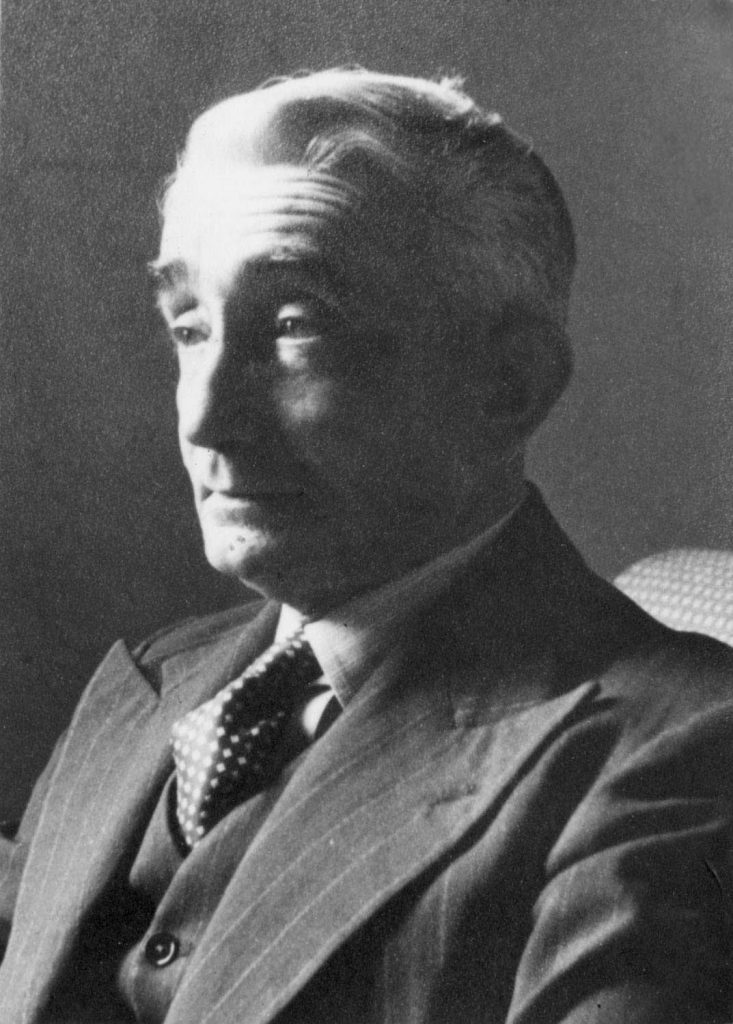
First Full-time Pathologist Appointed
Dr Reginald Webster was the first full-time pathologist at any Melbourne hospital. He stayed in the role until 1947.
Beginning of the First World War
July 28th, 1914

Male Doctors Join the Army
As a result, a more diverse representation of doctors were able to find employment at the Children’s. Women such as Dr Vera Scantlebury, Dr Ellice Davies, Dr Annie Bennett, Dr Bertha Donaldson, and Dr Annie Windmill joined the hospital as residents.
Cerebro-spinal Meningitis Epidemic
Influenza Pandemic
1918-1920
By 1919 the 'Spanish Flu' hit peak case numbers in Australia and tens of thousands of lives were lost.

Increase in Physiotherapy Treatments
A polio epidemic in Victoria saw a need for the hospital to hire more physiotherapists, further solidifying the role of physiotherapy as a key aspect for after-care of patients.

Change in Working Conditions
After protests, the regular working week for nurses was reduced to 56 hours a week.
Image credit: PROV, VA 1239 The Royal Children's Hospital, VPRS 16800/P1 Rose Vaughan's Note Book, Unit 1 Rose Vaughan's Note Book November 1886 and October 1905. Digitised copy.
End of the First World War
November 11th, 1918
Returned Servicemen Are Given Preference for Employment
Nearly every new resident employed was a former soldier and women who had held doctor and surgeon positions during the war were put at a disadvantage.

Dr John ‘Jock’ Whyte Grieve
Grieve became chief resident doctor in 1919 and worked at the hospital until his death in 1948. He was much loved for his gentle demeanour in dealing with patients.

Matron Grace Wilson
Appointed as matron, Wilson was a great advocate for the improvement of working conditions for nurses.
League of Former Trainees and Associates (LOFT) Established
LOFT supports an annual scholarship for nursing research and provides a platform for members to maintain relationships and connections with the hospital.

First Babies’ Ward in Melbourne Opened
A public appeal was held in 1919 to raise funds to build a specialised ward for babies.

Discovery of Insulin
Discovered in Canada, insulin has saved lives worldwide.
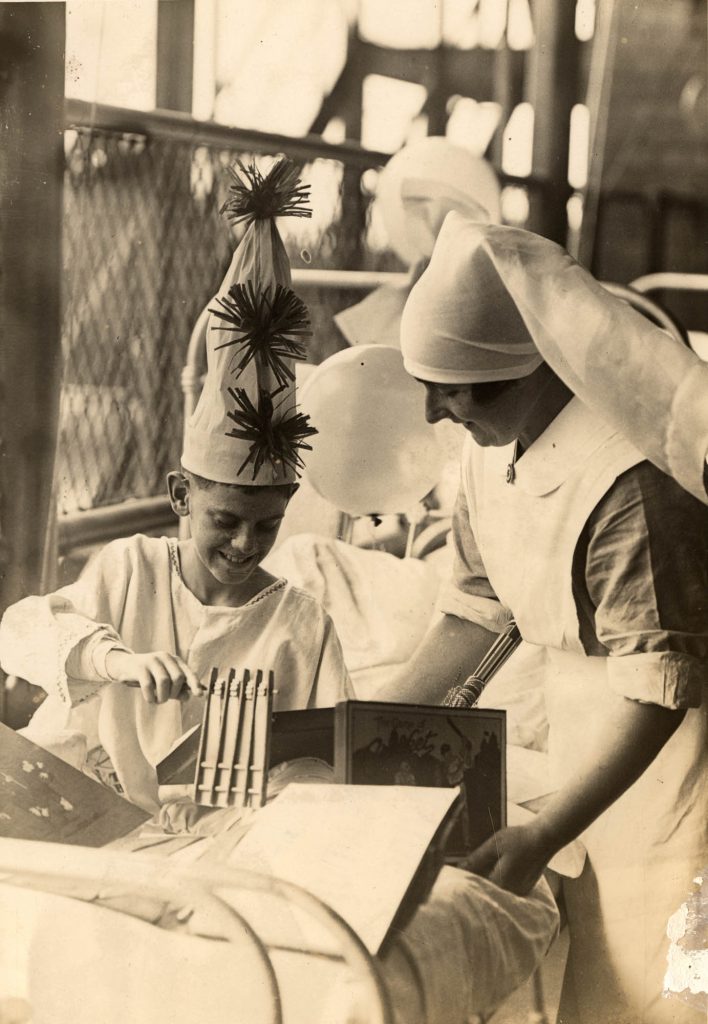
Nurse Ivy Silverthorne Flower
Flower began nurse training in 1921, became a staff nurse in 1924 and was appointed deputy matron in 1934. She remained involved with the hospital until 1962.
First Auxiliaries Meetings Held
Committee members from Kew, Essendon, Toorak, Black Rock, St Kilda and Malvern orchestrated the first meetings.
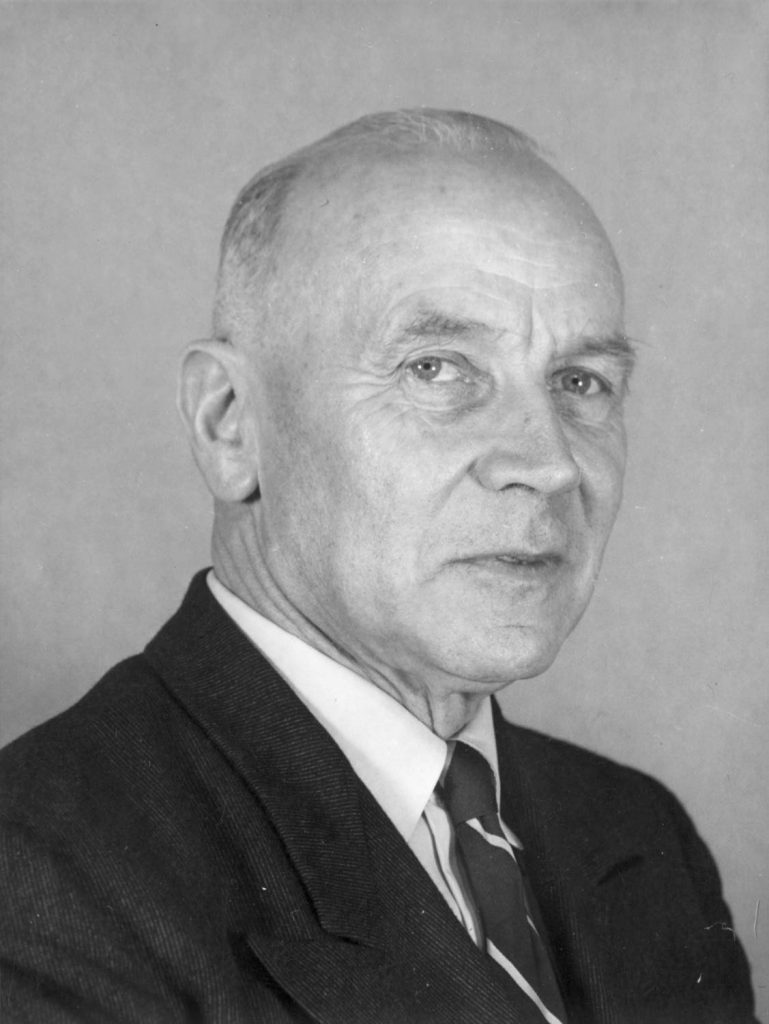
Dr Robert Southby OBE
Beginning as a junior resident, Southby became medical superintendent in 1924. He became lecturer in paediatrics in 1948 and remained involved in paediatrics until his death in 1991.

Matron Hilda Walsh
Appointed as matron, Walsh maintained efficiency and order on the wards. Due to retire in 1940, she stayed until 1947 because of the war.
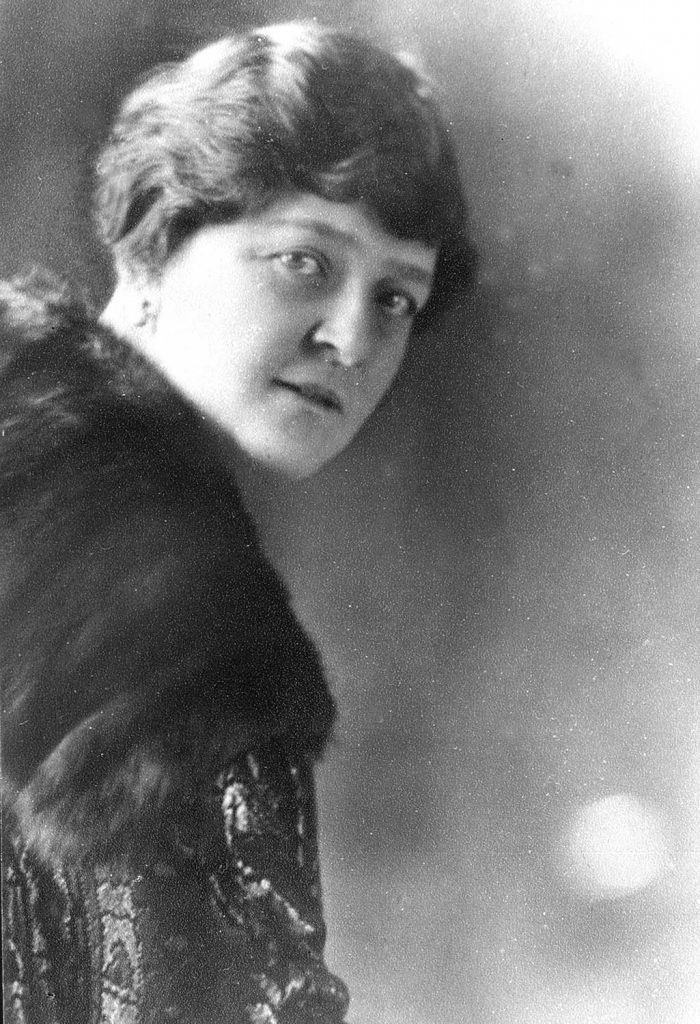
Hilda Mackinnon
As committee president, Mackinnon was responsible for guiding the hospital through the Depression.

Dr Howard Boyd Graham
Appointed to the first medical superintendent role, Dr Graham was interested in the relation between poverty and child health.

Dame Kate Campbell DBE
Though Campbell resigned in 1924 for a role with more responsibilities at The Royal Women’s Hospital, the time she spent with children at the hospital solidified her interest in paediatrics and she became an enormously respected practitioner in the field.
A ‘Changing of the Guard’
The resignation of many stalwart committee members saw a new and fresh outlook for the hospital.

Dame Jean Macnamara DBE
Macnamara was a great advocate for the benefits of physiotherapy. In 1928, she became the first woman to hold full honorary rank. She stayed with the hospital until 1959.

Dr Douglas Galbraith
Dr Galbraith was appointed physician to outpatients and involved with the hospital until 1960. He believed in the importance of holistic care for children, addressing their social, as well as their physical, rehabilitation.
Polio Serum Trials
First use of human immune serum delivered in the pre-paralytic stage of polio. Research into the serum saw its use discontinued.
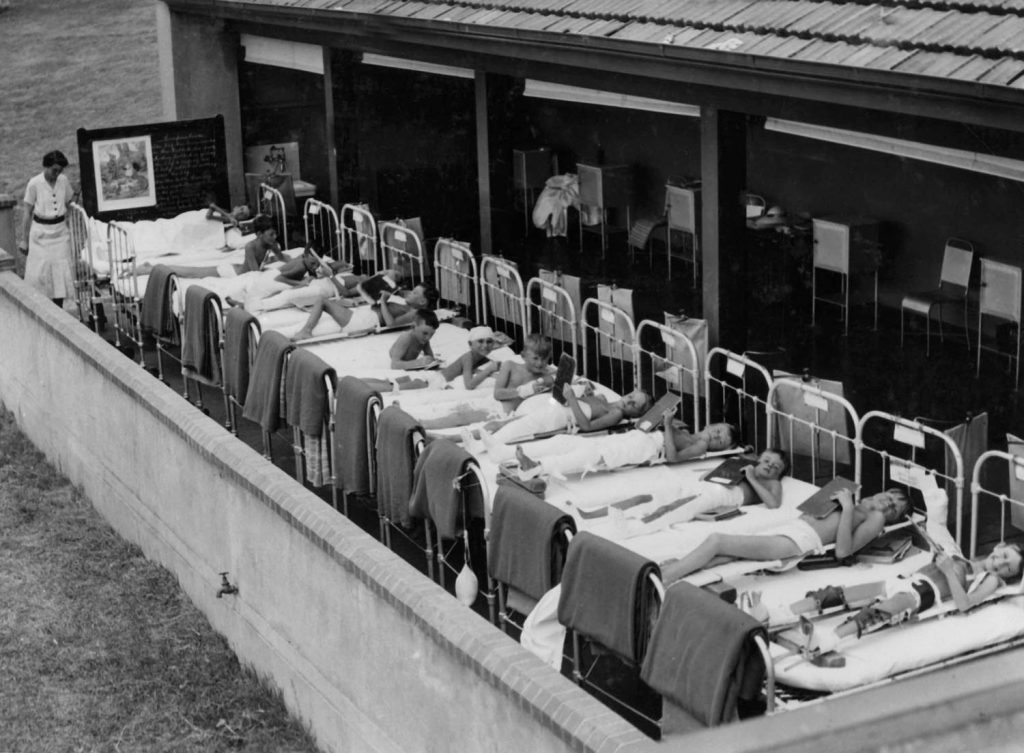
Heliotherapy Introduced to Australia
Doctors who had worked in Europe during the war brought the concept of heliotherapy to Australia. Mr Wilfred Kent Hughes was a particularly strong advocate for the treatment style and a heliotherapy ward was opened at the Hampton Convalescent Home.
The Great Depression
August 1929 - March 1933
Widespread hardship led to a rise in demand for the hospital’s services and lessening of public contributions. The committee deferred requests for new equipment due to lack of financial resources.
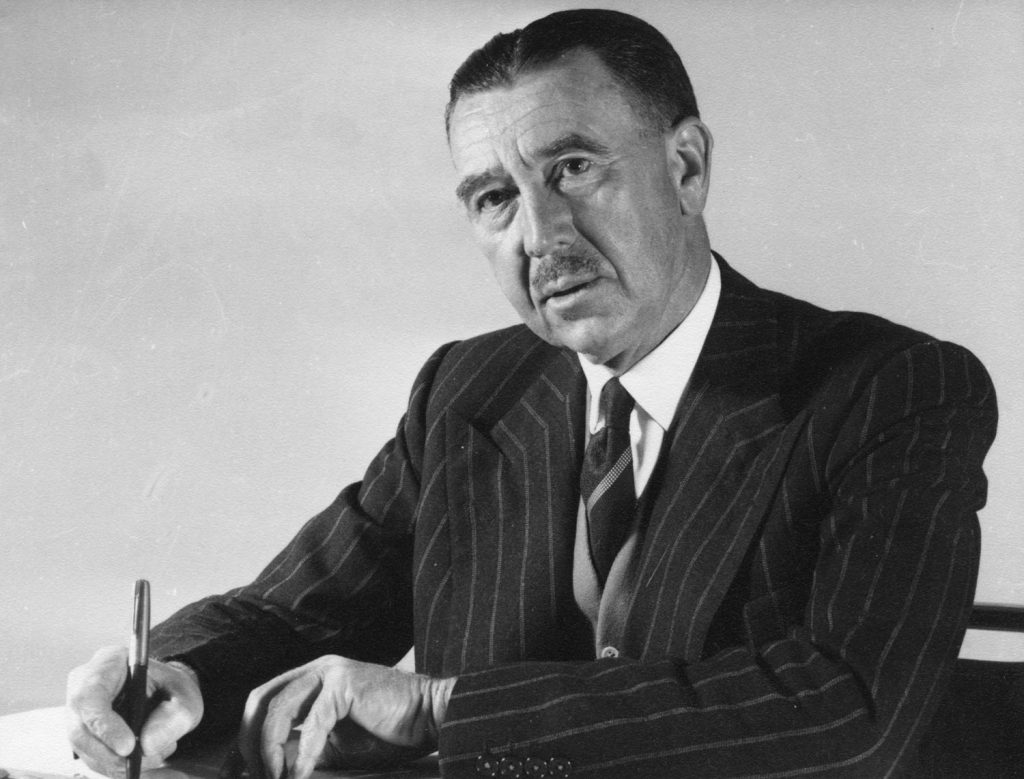
Dr Russell Howard
Howard started as a resident and explored a number of different avenues before focusing on paediatric surgery. He was made chief general paediatric surgeon in 1952 and held this position until his retirement in 1970.
Dr Stanley Williams
Williams came to the Children’s as resident, then after more training in England was appointed medical superintendent in 1935. He was an innovative and well-published practitioner.
Launch of the Sporting Globe Carnival
The charity sports carnival continued annually until disrupted by the outbreak of the Second World War. Initially funds raised were shared with the Alfred Hospital, however from 1933 the event became dedicated to the Children’s Hospital and was a precursor for the Good Friday Appeal.

First Social Worker Employed
Isabel Hodge was the first social worker at the hospital, she quickly demonstrated the value of her role.
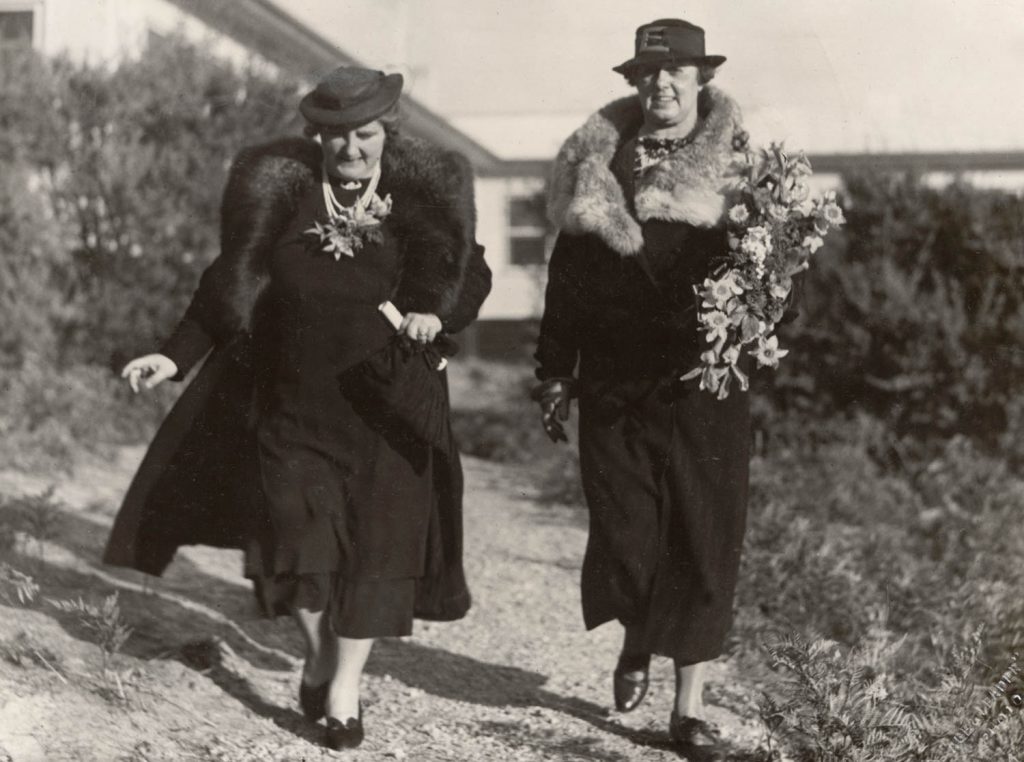
Lady Ella Latham
Involved with the Auxiliaries since 1923 and a committee member since 1926, Lady Ella Latham was elected as president of the Committee of Management in 1933 and held the position until 1954. She guided the hospital through the Depression and the Second World War, and into its modern form.
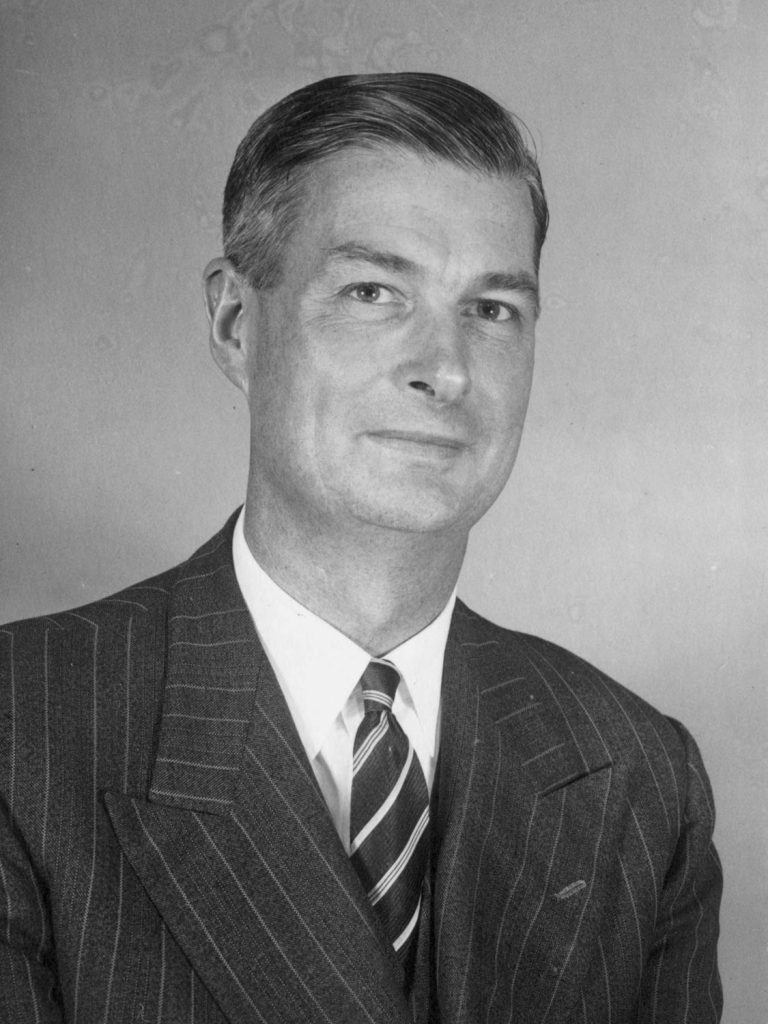
Professor Vernon Collins CBE
Appointed as a physician to inpatients, Collins quickly became medical superintendent. As medical director from 1948 to 1959, he worked closely with Lady Ella Latham to reform the hospital in terms of staffing and patient care. He was with the hospital until 1974.
Ruth Drake
Drake initiated services that became known as Speech Therapy, Audiology, and Psychotherapy. She introduced the hospital to the concept of ‘play therapy’. She was with the hospital until 1964.
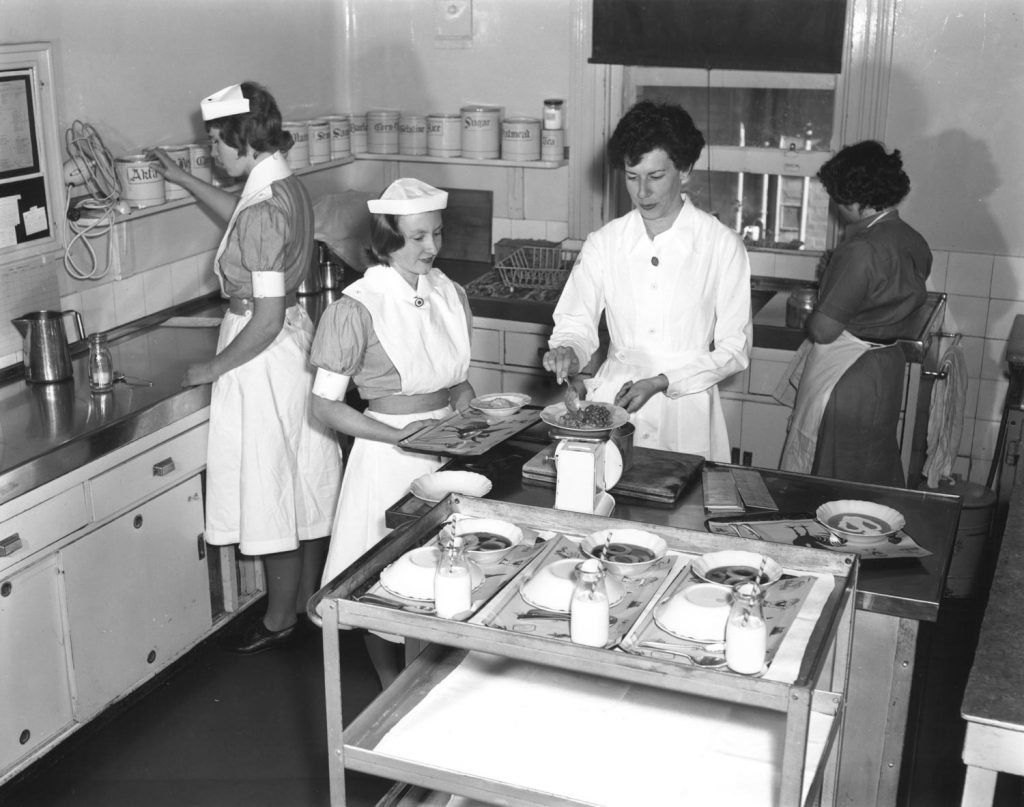
Dietetics Clinic Established
While the department was established in 1938, it wasn’t until 1940 that control of the kitchens and menus was relinquished to the dietetics team.

Dr Howard Williams
Appointed medical superintendent, Williams was involved with the hospital until 1975. His clinical paediatric experience and enthusiasm for clinical research had a strong influence on the diversity of services offered by the hospital. In 1948 he was appointed as the hospital’s first full-time director of clinical research.
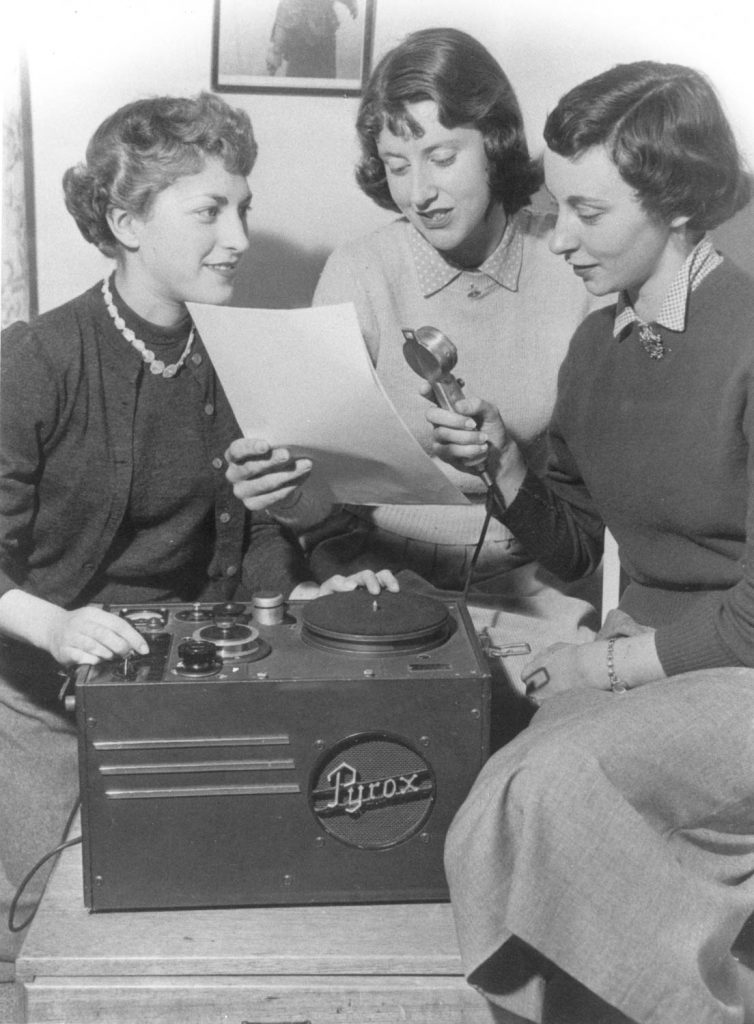
Speech Therapy Clinic Established
Beginning of the Second World War
September 1st, 1939

Railway Employees Auxiliary
Jake Attrill, father of a patient, organised for around 5,000 of his railway colleagues to donate regularly straight from their pay cheque.
Change to Admissions Criteria
The hospital began to admit all children irrespective of their family’s financial situation.
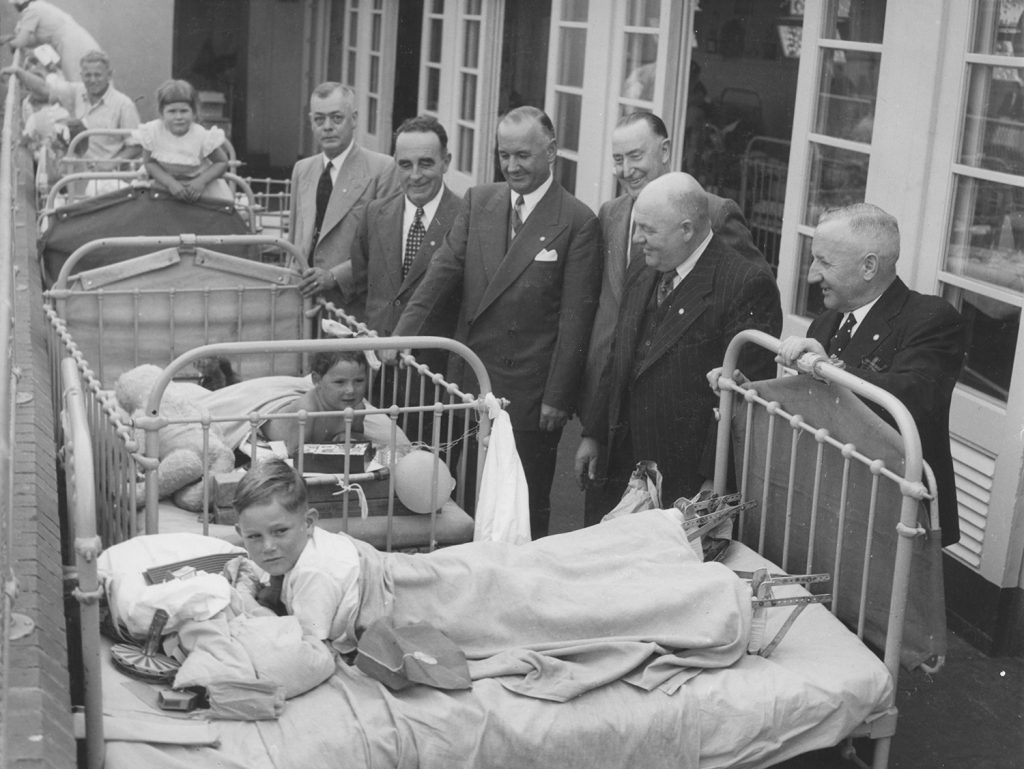
Foundation of the Uncle Bobs Club
Alf Clarke, Clarrie Williams, Jock McAdam, and Ray Fisher were the founding members, inspired by a patient they knew at The Children's Orthopaedic Hospital.
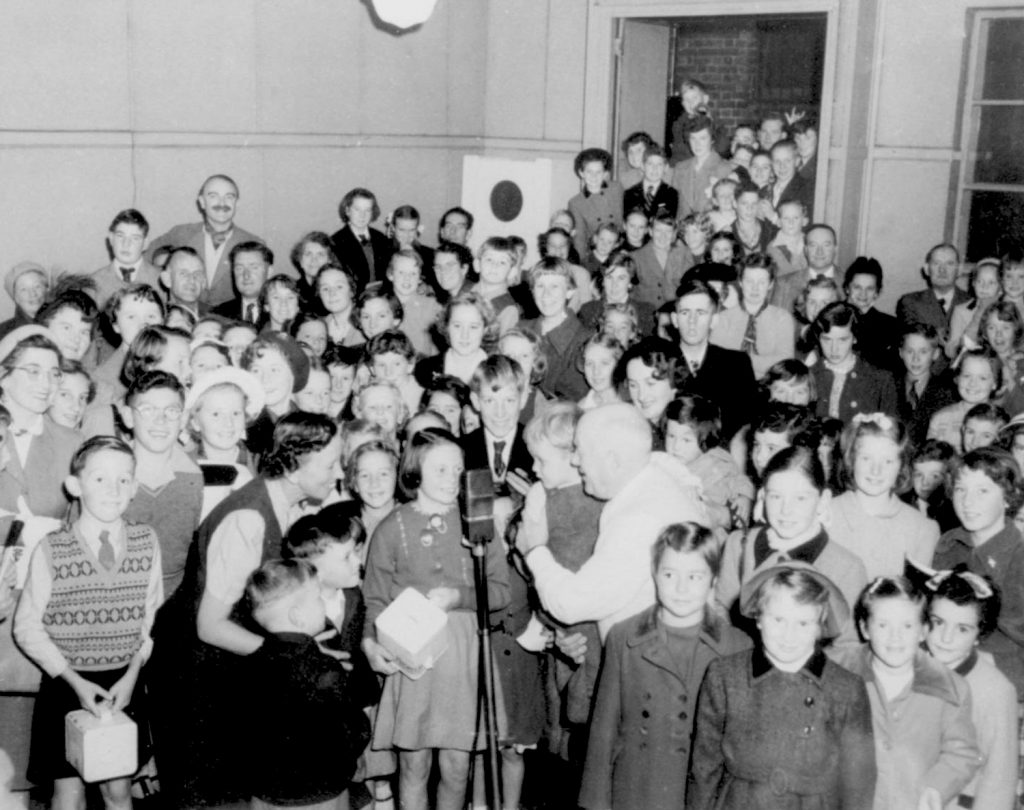
First Good Friday Radio Appeal
April 3rd, 1942
Jim Blake suggested the idea of holding an all-day radio appeal. Under the direction of Sir Keith Murdoch, 3DB supplied a platform and The Herald and Weekly Times covered all expenses. They raised £8,310.

Dr Elizabeth Turner
The first woman to become medical superintendent at the hospital, Turner also administered the hospital’s first penicillin treatment in 1944 and was instrumental in the development of a travelling incubator to help bring babies to the hospital.
Beginning of the Antibiotic Era
First discovered by Sir Alexander Fleming in 1928, antibiotics entered general use at the hospital in the 1940s.
End of the Second World War
September 2nd, 1945
Influx of Immigrant Families After the War
Late 1940s – early 1950s
Many children arriving from Europe with their families were suffering poor health from the journey and long-term malnutrition during the war. The hospital responded as best as it could, often relying on maids as interpreters.
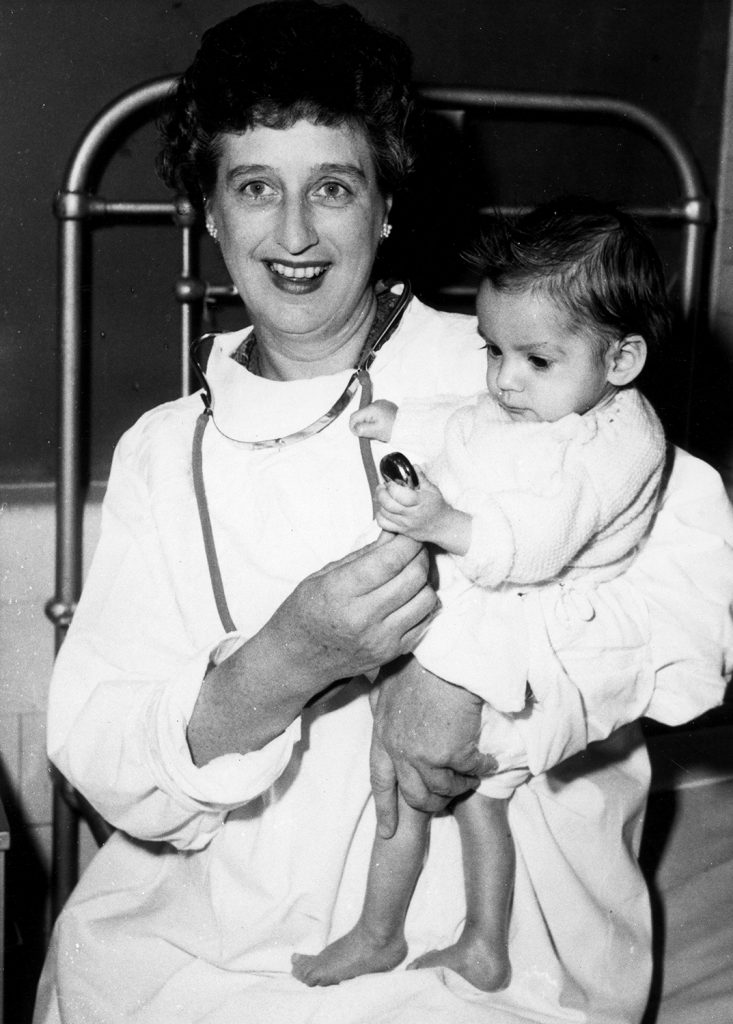
Dr Charlotte Anderson AM
Starting in 1946, Anderson worked at the hospital until 1968. She was a pioneer in clinical research, particularly in the field of gastroenterology, where she made significant contributions to treatments of cystic fybrosis and coeliac disease. She formed the hospital’s Gastroenterology Research Unit in 1961.
Introduction of Diabetic Holiday Camps
Dr Geraldine Amies, a diabetic herself, introduced diabetic camps to help improve the quality of life for diabetic children.
Specialist Appointments
In a show of the professional developments of the time, the hospital committee appointed three new specialists: Mr Reginald Hooper as neurosurgeon; Dr Graeme Robertson as neurologist; and Mr Benjamin Rank as plastic surgeon.

Antibiotic Streptomycin Tuberculosis Treatment
Dr Stanley Williams applied the hospital’s first treatment of tuberculosis with streptomycin.

Matron Lucy de Neeve
De Neeve was with the hospital until 1962 and was a great advocate for the nursing profession, fondly remembered by her staff.
Medical Imaging Department Established
Cyril Murphy was the first chief photographer. Joe Szczepanski filled the role at The Children’s Orthopaedic Hospital from 1950.

Dr John Perry
Appointed director of pathology, Perry managed an expansion of the department. He became medical director from 1960 and oversaw the move from Carlton to Parkville.
Establishment of the Clinical Research Unit
First Trials of Leukaemia Treatment
Led by Dr John Colebatch AO, the hospital implemented the world’s first controlled trial of chemotherapy treatments for leukaemia - previously considered untreatable.

New Parkville Site Allocated
10 acres of Royal Park was pegged out as the site for a new hospital premises.
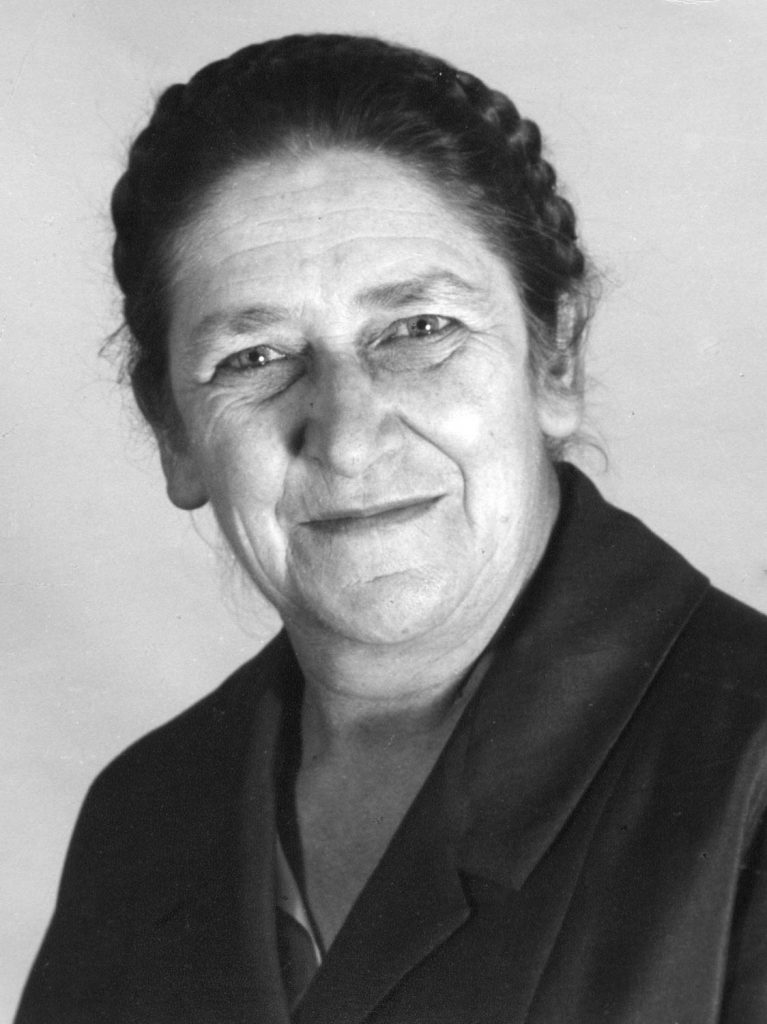
Dr Margaret (Gretta) McClelland OBE
Appointed senior paediatric anaesthetist, McClelland became the hospital’s first full-time director of anaesthesia in 1956 and was with the hospital until retirement in 1970. She was involved in improvement of anaesthetic techniques.
Library Re-named in Honour of Dr J W Grieve
After Grieve’s passing in 1948, Dr Howard Williams petitioned for the library to be named in his honour.
Frances Kruger
Kruger became the first interpreter on staff at the hospital. She had fluent command of five languages.
First Attempt to Separate Conjoined Twins
Neurosurgeon Mr Reginald Hooper conducted surgery on twin girls joined at the head. Sadly, the operation was unsuccessful.
First Male Trainee Nurse
Approved as a training school for male nurses in 1946, it wasn’t until 1952 that the nursing school received an application from a man.
Staff System Reform
Honorary staff positions were symbolically re-named senior medical staff. Staffing reform meant the hospital was able to attract talented new staff.
Daily Visiting Allowances Introduced
Ward subdivisions made way for liberalisation of visiting rules and in his role as medical director, Professor Vernon Collins CBE introduced daily visiting allowances.










































